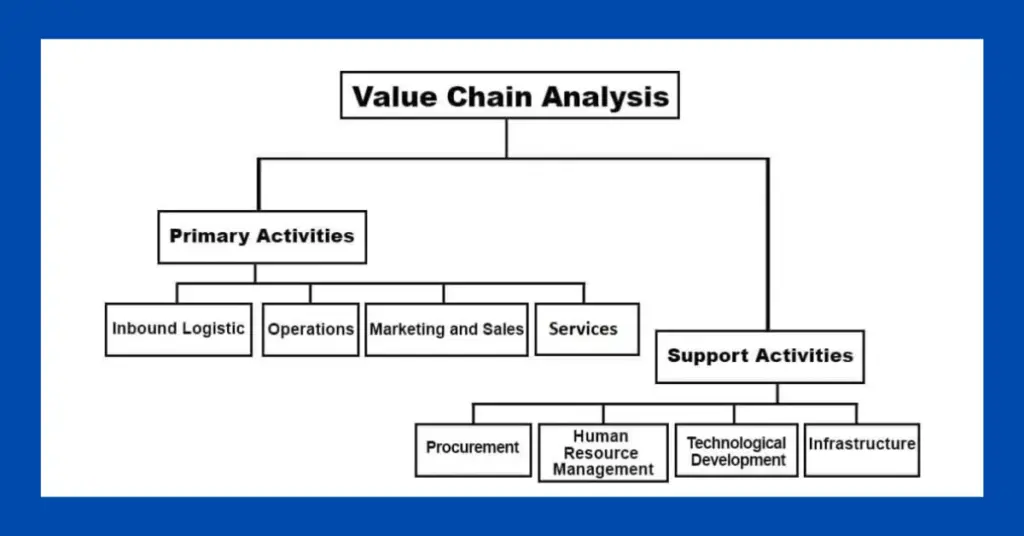Value Chain Analysis: Quick Concept with Parag Gupta
Value chain analysis (VCA) that Michael Porter had developed is a very effective tool for every operational step that might be involved in the production process, which makes the company final product or service. In the CA Final Costing, this technique is very important as it is the one that will help the students understand how to obtain cost efficiency and value addition. Let’s quickly break down how Value Chain Analysis can help CA students tackle costing questions, thus sharpening your basic understanding using a 60-second video by Parag Gupta sir.
What is Value Chain Analysis?
Value Chain Analysis is a careful investigation of the functions that a company performs in a course of the production of a product or service. It is a missing link between the companies where value is created on the production line and where the problems are along with the appropriate solutions, cost reduction or, opportunities for differentiation, are shown. The main aim is to improve effectiveness, to cut expenses, and to enhance the business’s competitiveness level.
Value Chain Analysis in 60 Seconds
Primary Activities

Primary activities are the essential business operations that directly create and distribute value to customers. They consist of:
- Inbound Logistics: This is when incoming materials are received, saved and dispatched. This may include transport, storage, and transportation of semi-finished goods to shipping points. Superbly managed inbound logistics can save costs and boost speed.
- Operations: These are the processes that take raw materials or input from initial to final process. These processes include making, machining, packing, and assembly. Making the operations more efficient can lead to higher product quality and cost savings.
- Outbound Logistics: It is the set of activities that involve the shipment of the customer’s order to the customer. It may involve warehousing of goods, order fulfillment, and transportation. By the streamlining of outbound logistics customer time fulfillment can increase and satisfaction can be higher.
- Marketing and Sales: These tasks are designed to promote the product and facilitate its sale. They involve advertising, sales promotions, pricing strategies, market research. A well-designed promotional strategy can give a product a competitive edge over others through its differentiation.
- Service: After purchasing, customer-service-oriented activities like installation, repairs, and maintenance continue to ensure that the customer remains satisfied with the product. Great service forms customer contentment and also the brand name.
Support Activities
Support activities such as teamwork, planning, and strategic management facilitate the flow of primary activities efficiently. The various support activities include the following:
- Umbrella infrastructure: This comprises organizational structures, management acts, finance, and the overall company’s policies, which assist the company in achieving its goals.
- Human Resource Management: Managing the workforce effectively is one of the ways to attract, hire, train, and retain the best talent. The main benefits of productive and motivated teams are often obtained through excellent management of the workforce.
- Technology Development: Research, innovation, and development are methods that help companies to improve their products and processes. Technology investments can result in greater efficiencies and the development of unique products.
- Procurement: This is obtaining the raw materials and resources necessary for production. Practicing effective procurement can save costs and make sure that the necessary raw materials are available on time.
Why Use Value Chain Analysis?
An effect between a strategy and profit could be established if the entity continuously scanning through allocating for those specific tasks that are non-expensive and assigning competitive advantages to the higher priced-costs ones. In brief, the analysis can raise the lowermost expenses and increase the efficient service more which will have a direct or indirect impact on the level of satisfaction of every user. Value Chain Ability of business is additionally the ability to concentrate on their main competence, get subcontractors to do non-critical tasks, and be more innovative wanted areas respectively.
Conclusion
Value Chain Analysis can reveal how your business operates most efficiently and it shows the potential for strategic growth. This could be achieved by dismantling every step in logistics as well as the sales process to identify where the cost can be cut, whether it’s changing the kind of supplier or some other solution that the customer will find appealing. With the help of experts such as Parag Gupta.
FAQ’s
A strategic framework called the Value Chain Analysis divides a company into its essential operations to determine how it adds value for its clients. Businesses can improve their operations and obtain a competitive advantage by looking at every phase of the value creation chain.
Inbound and outbound logistics, marketing and sales, and service are the main operations that make up the value chain. Procurement, human resource management, and firm infrastructure are examples of secondary or support tasks.
Hardest subject vary from student to student. So we cannot access. But in a survey, maximum students voted for AUDITING as one of he hardest subject at CA Inter level. Costing at CA Inter level is also considered hard by few but some said if the concepts are well versed the questions are easily
One of the pioneers in the CA Final Costing SCPM teaching field, Parag Gupta sir is regarded as the best faculty in the ongoing coaching institute for CA Final Costing. He is always recommended as student’s 1st choice for CA Final SPOM-set B.

